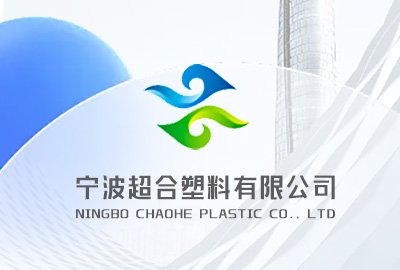The Ultimate Guide to Preventing Deformation of PVC Materials in Plastic Rubber Molding
Introduction:
Plastic rubber molding is a manufacturing process that plays a vital role in creating a wide range of products. Among the numerous materials used in this process, PVC (Polyvinyl Chloride) is one of the most commonly used due to its excellent flexibility, durability, and cost-effectiveness. However, preventing deformation of PVC materials during the molding process is crucial to ensure high-quality end products. In this article, we will discuss effective measures to prevent deformation and maintain the integrity of PVC materials during plastic rubber molding.
1. Proper Design and Engineering:
To prevent deformation, it is essential to have a solid understanding of the design and engineering principles involved in plastic rubber molding. This includes considering factors such as wall thickness, draft angles, support structures, and cooling mechanisms. Designing the mold and product in a way that evenly distributes stress and minimizes material shrinkage will greatly contribute to preventing deformation.
2. Optimal Processing Parameters:
Controlling the processing parameters during plastic rubber molding is vital for preventing PVC material deformation. Factors such as temperature, pressure, and cooling rates should be carefully monitored and controlled. Maintaining an optimal processing temperature ensures that the material does not overheat or cool too quickly, which can result in warping and deformation.
3. Proper Venting:
Incorporating proper venting into the mold design is crucial in preventing deformation of PVC materials. Proper venting allows the release of air and gases during the molding process, preventing the build-up of pressure inside the mold cavity. This ensures that the material flows smoothly and uniformly, reducing the risk of deformation.
4. Material Selection:
Choosing the appropriate PVC material for plastic rubber molding is essential for achieving deformation-free end products. High-quality PVC compounds that offer excellent heat resistance, low shrinkage properties, and good flow characteristics should be selected. It is worth consulting with plastic material suppliers or manufacturers who specialize in plastic rubber molding to ensure the best material choice for your specific application.
5. Post-Molding Cooling and Annealing:
After the plastic rubber molding process, proper cooling and annealing techniques can help to further reduce the risk of PVC material deformation. Controlled cooling rates and annealing processes can relieve internal stresses within the material, improving its dimensional stability and reducing the potential for deformation.
Conclusion:
Preventing deformation of PVC materials during plastic rubber molding is crucial to ensure the production of high-quality end products. By implementing proper design and engineering principles, optimizing processing parameters, using appropriate venting, selecting the right PVC material, and applying post-molding cooling and annealing techniques, manufacturers can significantly reduce the risk of deformation. Following these measures will not only enhance the aesthetic appeal of the final products but also improve their functionality and durability, thereby establishing a competitive advantage in the market.
PP PE PVC Directly supplied by the manufacturer
Mr. Lu (0574-88303209)
Company Address: 16/F, Leimengde Building, No. 10, Lane 818, Qianhe South Road, Yinzhou District, Ningbo City, Zhejiang Province
